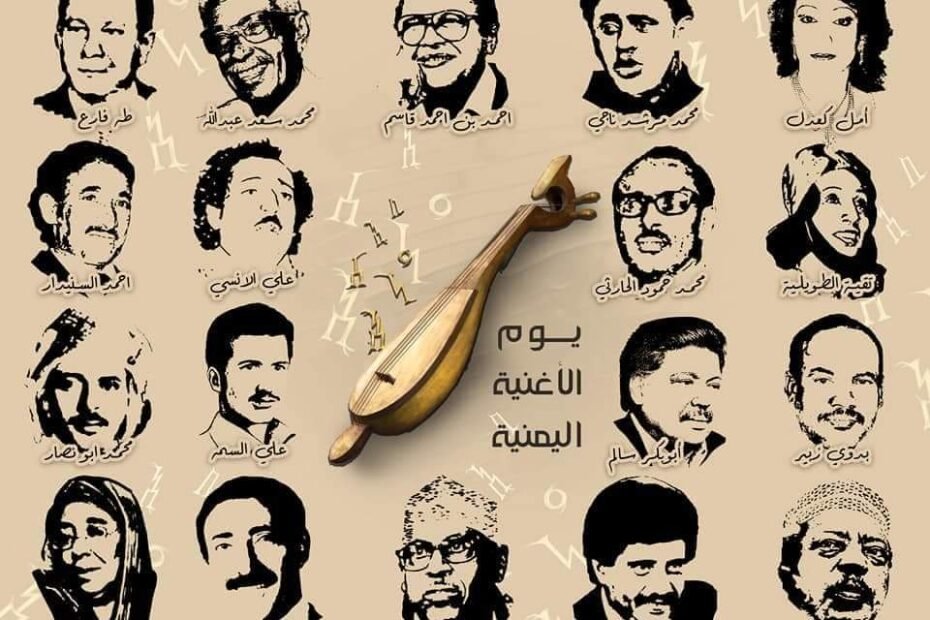Yemen has a large and diverse artistic heritage that made it a treasure sought by artists in the Arab region, and it is an important reference for many artists and researchers in more than one Arab country.
In the following lines, we will learn about the most prominent colors of Yemeni singing on the occasion of the “Yemeni Song Day”, which is celebrated on the first of July.
- Sanaa songs
These are the songs issued by or inspired by Sanaa – according to the definition of Dr. / Muhammad Abdo Ghanem – and they are distinguished from others by several technical, aesthetic and rhythmic features, in addition to the distinction of their melody and poems, some of which were written 250 years ago. What made it unique from other Yemeni songs. The Sana’a singing color was considered by UNESCO as one of the masterpieces of the intangible human cultural heritage with the aim of preserving it.
2.Hadrami song
The Hadrami color is considered one of the most popular Yemeni colors, and the Hadrami color has emerged with real prominence since 1965.
3. Lahji song
Al-Lahji is one of the most famous lyrical colors in Yemen and the most capable of evoking physical, spiritual and creative harmony.
4.Adeniya song
The art of Adeni singing flourished since the late fifties, and the song is distinguished by its melodies, and it was able to establish its presence on the Yemeni singing scene.
5.Tuhami song
The Tihama was distinguished by its many folk lyrical colors. The songs of the coastal section of Tihama differ from the songs of the plain areas, in addition to the distinctiveness of each side of Tihama with its popular songs.
6.Taizz songs
The color of taizz was founded by many poets and artists, and it is the closest art to the soul and the soul because it combines the everyday language of classical and the popular dialect that is intense in imagery.
